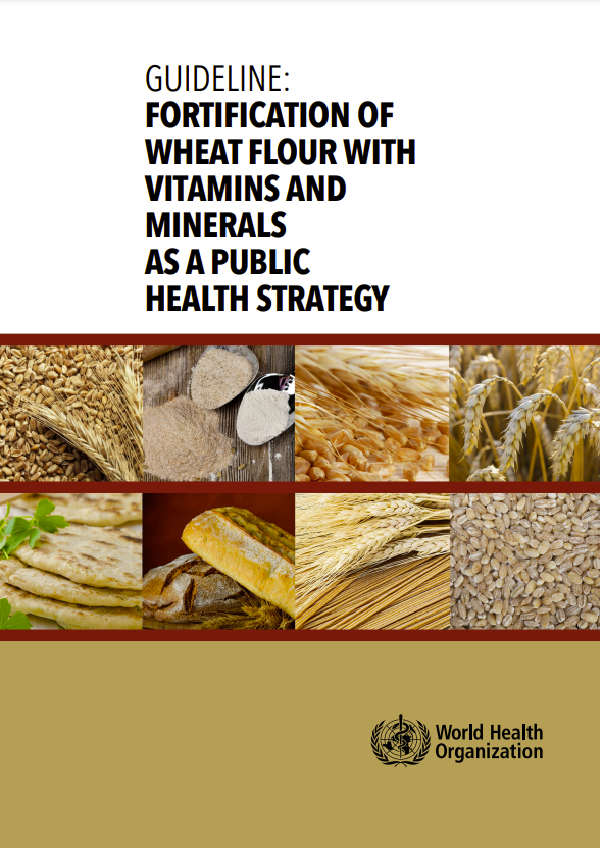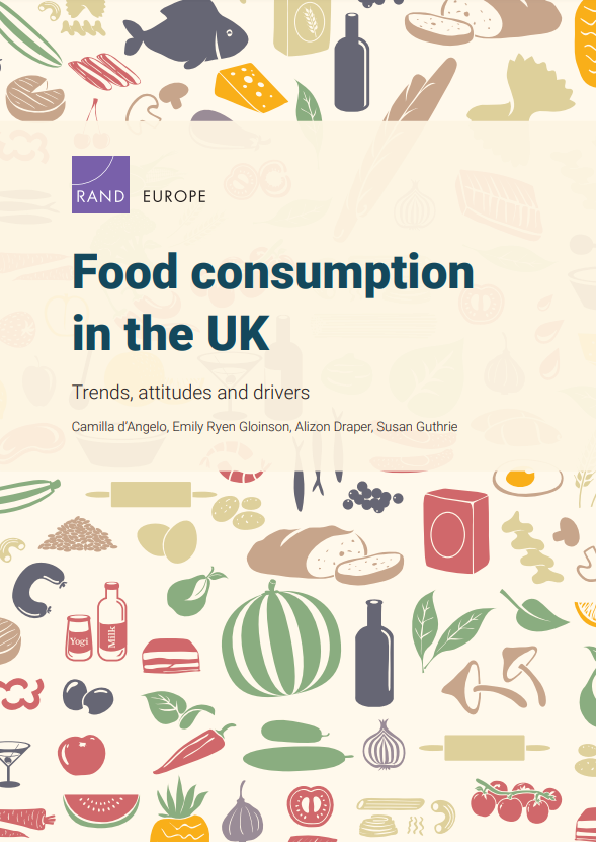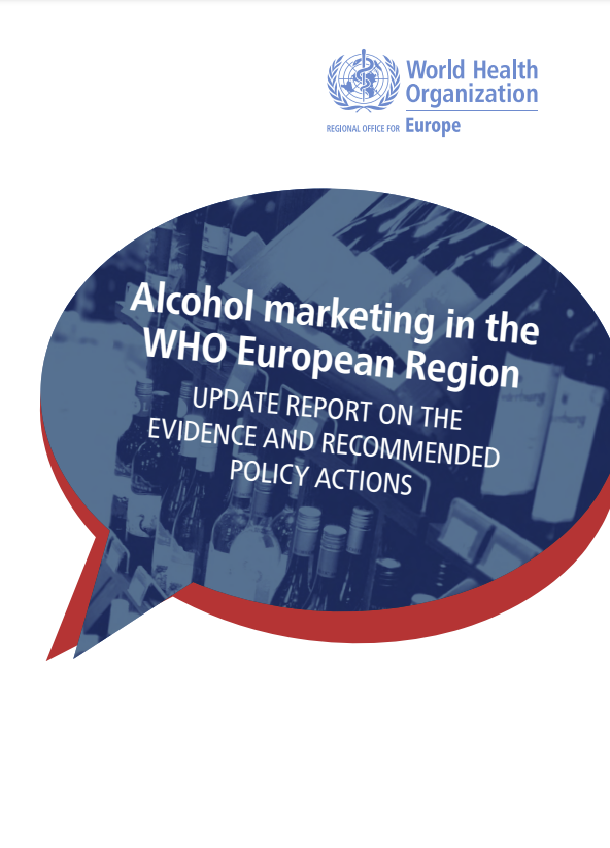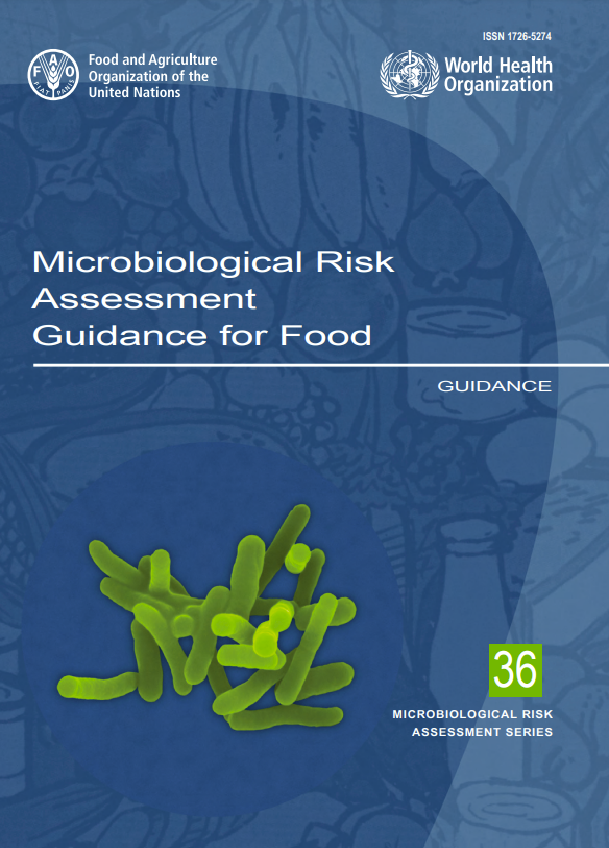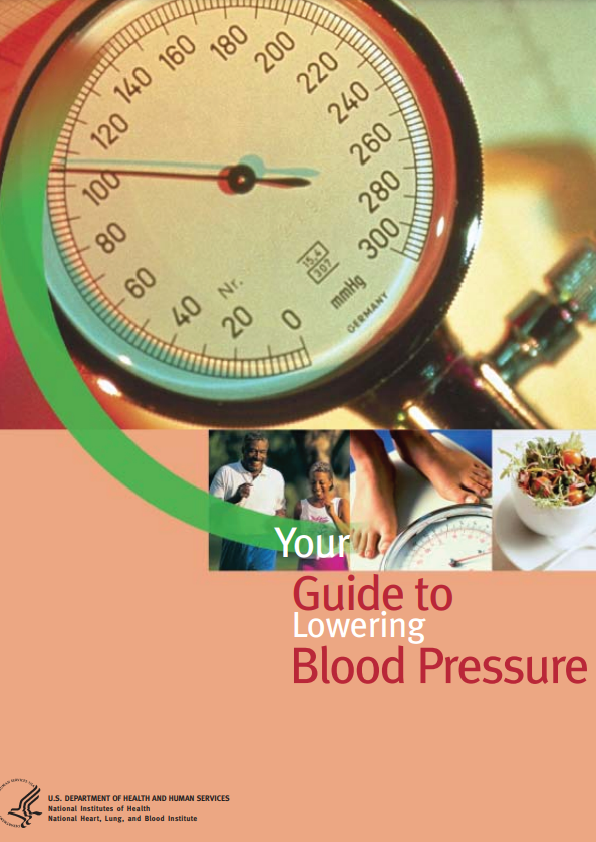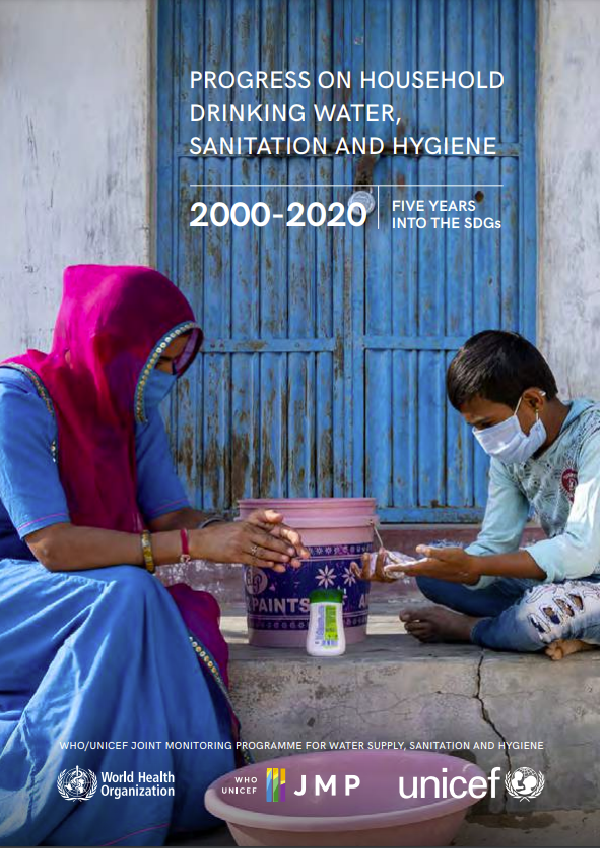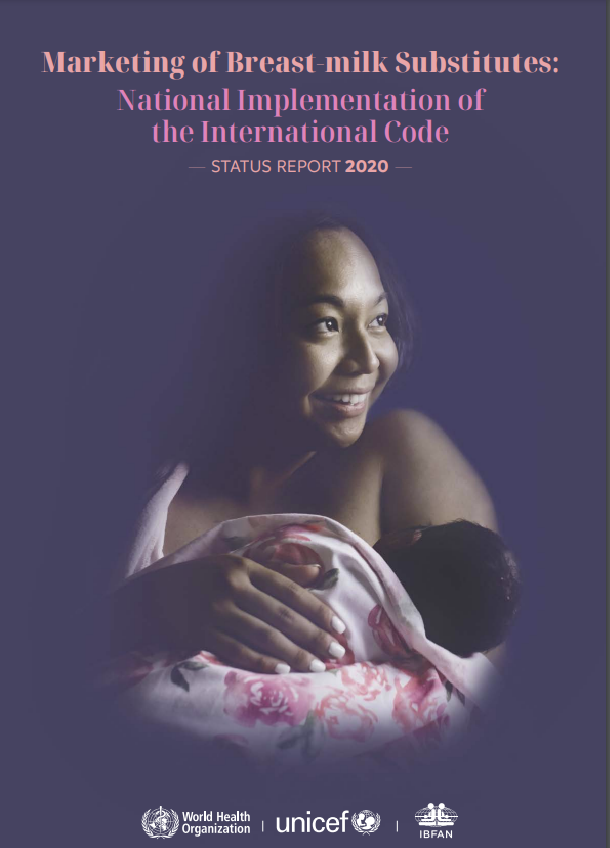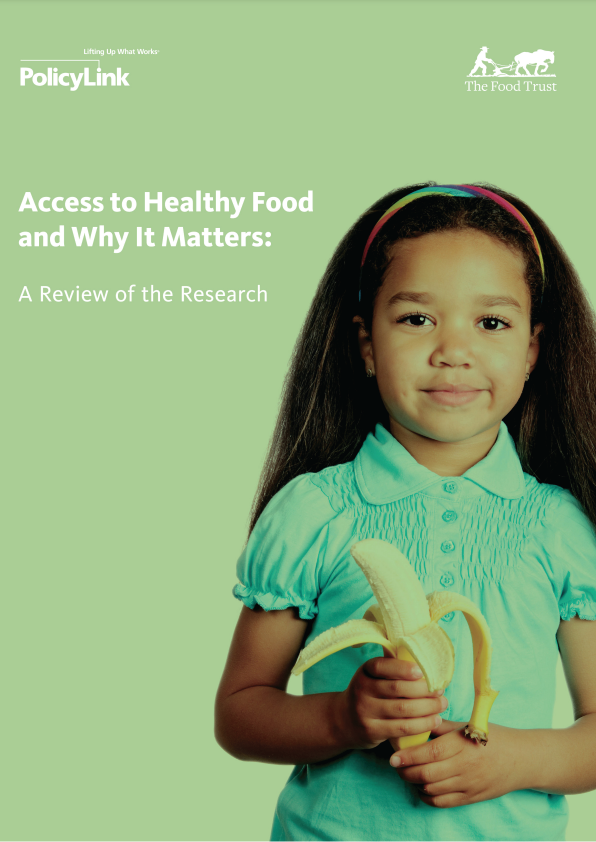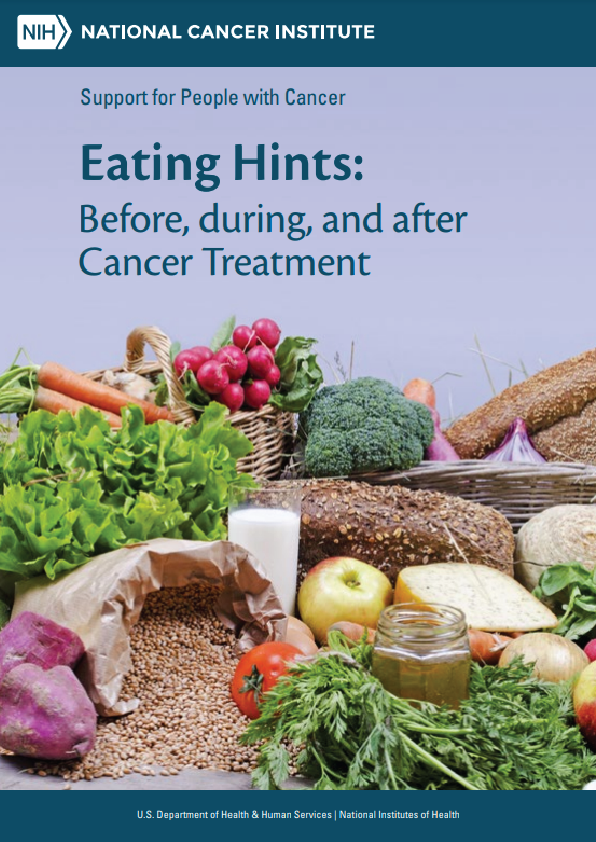This guideline provides locally adaptable, clear, evidence-informed global recommendations on the fortification of wheat flour with vitamins and minerals as a public health strategy to improve the micronutrient status of populations, which are grounded in gender, equity and human rights approach with the aim of leaving no one behind. The focus of this document is on the use of this intervention as a public health strategy and not on the market-driven fortification of wheat flour or products.
This guideline aims to help the Member States and their partners to make informed decisions on the appropriate nutrition actions to achieve the 2030 Sustainable Development Goals and the global targets set in the World Health Organization (WHO) comprehensive implementation plan on maternal, infant and young child nutrition.
The recommendations in this guideline are intended for a wide audience, including policymakers, expert advisers, and technical and programme staff in ministries and organizations involved in the design, implementation and scaling-up of nutrition actions for public health. The recommendations are particularly relevant to the design and implementation of appropriate food-fortification programmes, as part of a comprehensive food-based strategy for combating micronutrient inadequacies and deficiencies.
EXECUTIVE SUMMARY
Anaemia and iron, folate, zinc, vitamin A and iodine deficiencies are the most studied and more prevalent nutritional problems, constituting serious public health problems that particularly affect young children and women. The most common causes of micronutrient deficiencies are related to inadequate intakes, utilization or increased losses.
Fortification of industrially processed flour, when appropriately designed and implemented, is an efficient, simple and inexpensive strategy for supplying vitamins and minerals to the diets of large segments of the population. Wheat is cultivated and consumed in many parts of the world and its domestication contributed to the development of farming and human civilization. Industrial fortification of wheat flour with at least iron has been practised for many years in several countries where the flour is used in the preparation of different types of bread and national dishes.
Decisions about which nutrients to add to fortified wheat flour and how much of each nutrient to use should be based on the nutritional needs and intake gaps of the target populations; the usual level of consumption of wheat flour and products made from this staple; the sensory and physical effects of the fortificant on the flour and on flour products; the type of wheat and the extraction rate1 of the flour; the availability and coverage of fortification of other staple food vehicles in addition to other commercially available fortified products; the population use of vitamin and mineral supplements; costs; feasibility; and acceptability of the fortified product by the consumers.
Wheat flour can be fortified with several micronutrients, such as iron, folic acid and other B-complex vitamins2, vitamin A and zinc. Some micronutrients are incorporated for restitution of the original nutritional contents of unrefined wheat flour, and others are used for correcting inadequacies and associated deficiencies of public health significance. The bioavailability of the added micronutrients will partially depend on the grain type and the extraction rate of the flour.
PURPOSE OF THE GUIDELINE
The main objective of this guideline is to provide locally adaptable, clear, evidence-informed global recommendations on the fortification of wheat flour with vitamins and minerals as a public health strategy to improve the micronutrient status of populations, which are grounded in gender, equity and human rights approaches with the aim of leaving no one behind. The focus of this document is on the use of this intervention as a public health strategy and not on market-driven fortification of wheat flour or products.
This guideline aims to help Member States and their partners to make informed decisions on the appropriate nutrition actions to achieve the 2030 Sustainable Development Goals and the global targets set in the World Health Organization (WHO) Comprehensive implementation plan on maternal, infant and young child nutrition.
The recommendations in this guideline are intended for a wide audience, including policymakers, expert advisers, and technical and programme staff in ministries and organizations involved in the design, implementation and scaling-up of nutrition actions for public health. The recommendations are particularly relevant to the design and implementation of appropriate food-fortification programmes, as part of a comprehensive food-based strategy for combating micronutrient inadequacies and deficiencies.
These recommendations supersede the previous WHO recommendation on fortification of wheat flour1. The guideline complements the WHO/FAO (Food and Agriculture Organization of the United Nations) Guidelines on food fortification with micronutrients2 and the Pan American Health Organization (PAHO) Iron compounds for food fortification: guidelines for Latin America and the Caribbean 20023. These two documents are not WHO standard guidelines but contain information still current that is not covered in this guideline. Because of the important aspects covered, the WHO Nutrition and Food Safety Department plans to update both documents.
